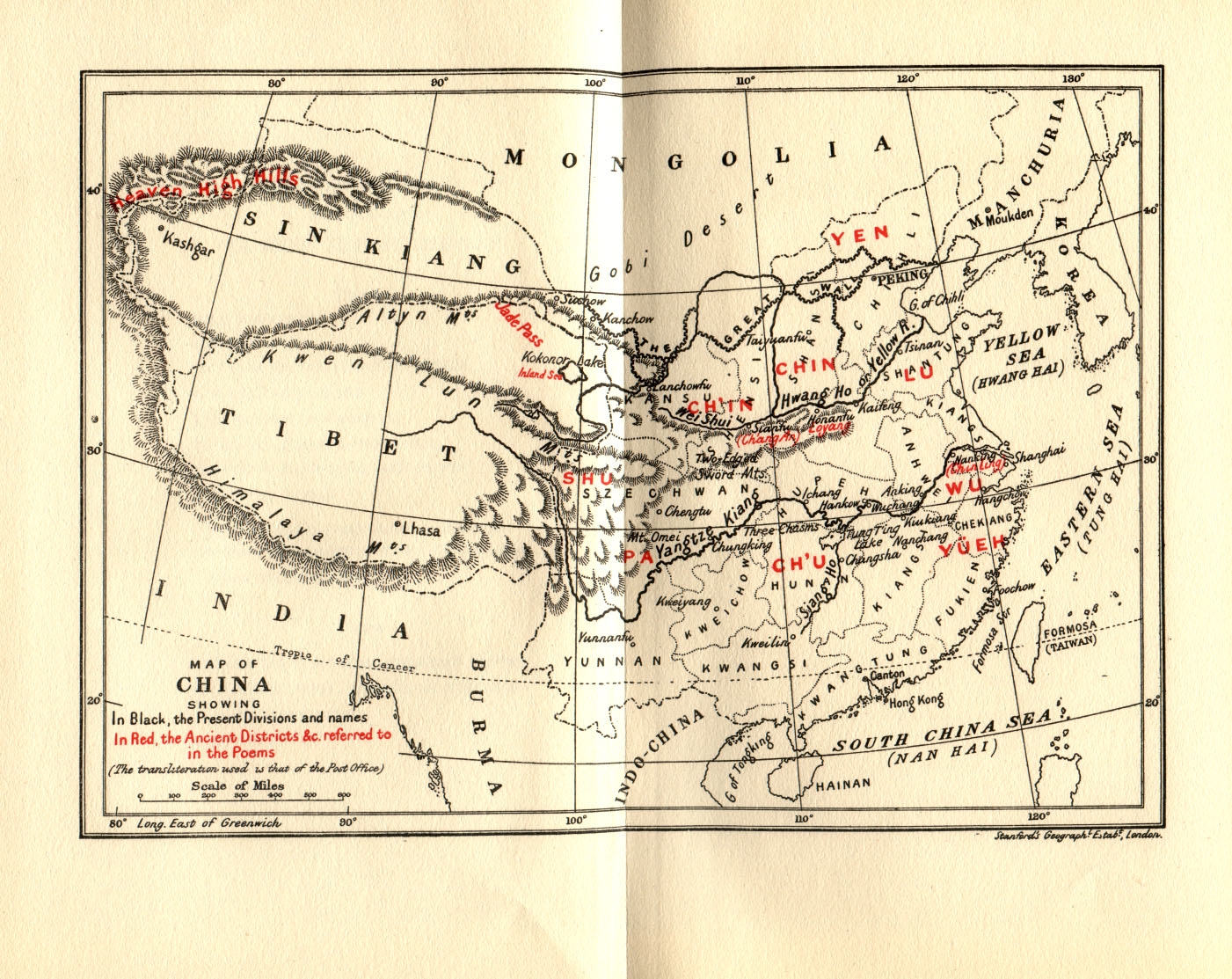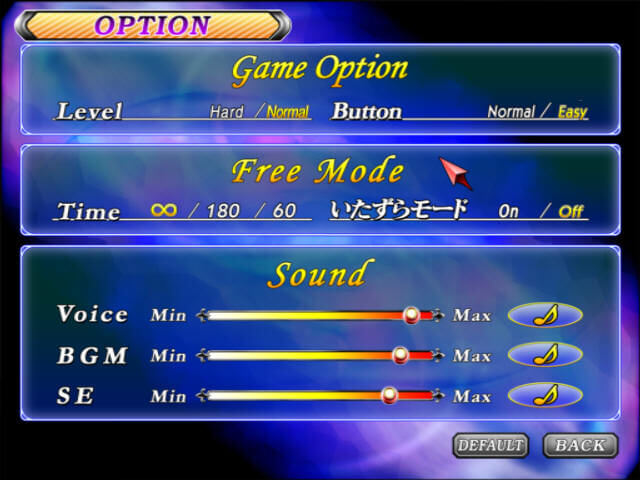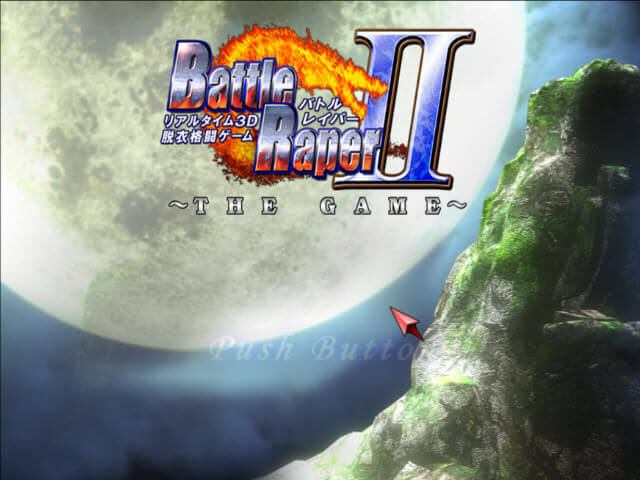
battleship fleet, precipitating an open and formal state of war between the two nations the next day. The attack killed almost 2,500 people and crippled much of the U.S. On 7 December 1941, Japanese forces attacked the United States Pacific Fleet at Naval Station Pearl Harbor, incorporated territory of Hawaii. Guadalcanal is located in the lower right center of the map. Japanese control of the western Pacific area between May and August 1942.
5 Vilu War Museum and Guadalcanal American Memorialīackground Strategic considerations. 2.19 Battle of Mount Austen, the Galloping Horse, and the Sea Horse. 2.7 Air battles over Henderson Field and strengthening of the Lunga defenses. The campaign was followed by other Allied offensives in the Pacific, most notably: the Solomon Islands campaign, New Guinea campaign, the Gilbert and Marshall Islands campaign, the Mariana and Palau Islands campaign, the Philippines campaign (1944–1945), and the Volcano and Ryukyu Islands campaign prior to the surrender of Japan in August, 1945. Along with the battles at Milne Bay and Buna–Gona, the Guadalcanal campaign marked the Allies' transition from defensive operations to offensive ones and effectively seized the strategic initiative in the Pacific theater from the Japanese. The campaign followed the successful Allied defensive actions at the Battle of the Coral Sea and the Battle of Midway in May and June, 1942. Army's XIV Corps, with the Battle of Rennell Island, the last major naval engagement, serving to secure protection for the Japanese troops to evacuate safely. In December, the Japanese abandoned their efforts to retake Guadalcanal, and evacuated their remaining forces by 7 February 1943, in the face of an offensive by the U.S. Three major land battles, seven large naval battles (five nighttime surface actions and two carrier battles), and almost daily aerial battles culminated in the decisive Naval Battle of Guadalcanal in early November, with the defeat of the last Japanese attempt to bombard Henderson Field from the sea and to land enough troops to retake it. Surprised by the Allied offensive, the Japanese made several attempts between August and November to retake Henderson Field. The Japanese defenders, who had occupied those islands since May 1942, were outnumbered and overwhelmed by the Allies, who captured Tulagi and Florida, as well as the airfield – later named Henderson Field – that was under construction on Guadalcanal. On 7 August 1942, Allied forces, predominantly United States Marines, landed on Guadalcanal, Tulagi, and Florida in the southern Solomon Islands, with the objective of using Guadalcanal and Tulagi as bases in supporting a campaign to eventually capture or neutralize the major Japanese base at Rabaul on New Britain. 
It was the first major land offensive by Allied forces against the Empire of Japan.

The Guadalcanal campaign, also known as the Battle of Guadalcanal and codenamed Operation Watchtower by American forces, was a military campaign fought between 7 August 1942 and 9 February 1943 on and around the island of Guadalcanal in the Pacific theater of World War II.

Beginning of Allied offensive operations in the PacificĢ9 ships lost including 2 fleet carriers, 6 cruisers, and 14 destroyers.Īrmy: 19,200 dead, of whom 8,500 were killed in combat ģ8 ships lost including 1 light carrier, 2 battleships, 3 heavy cruisers, and 13 destroyers.







 0 kommentar(er)
0 kommentar(er)
